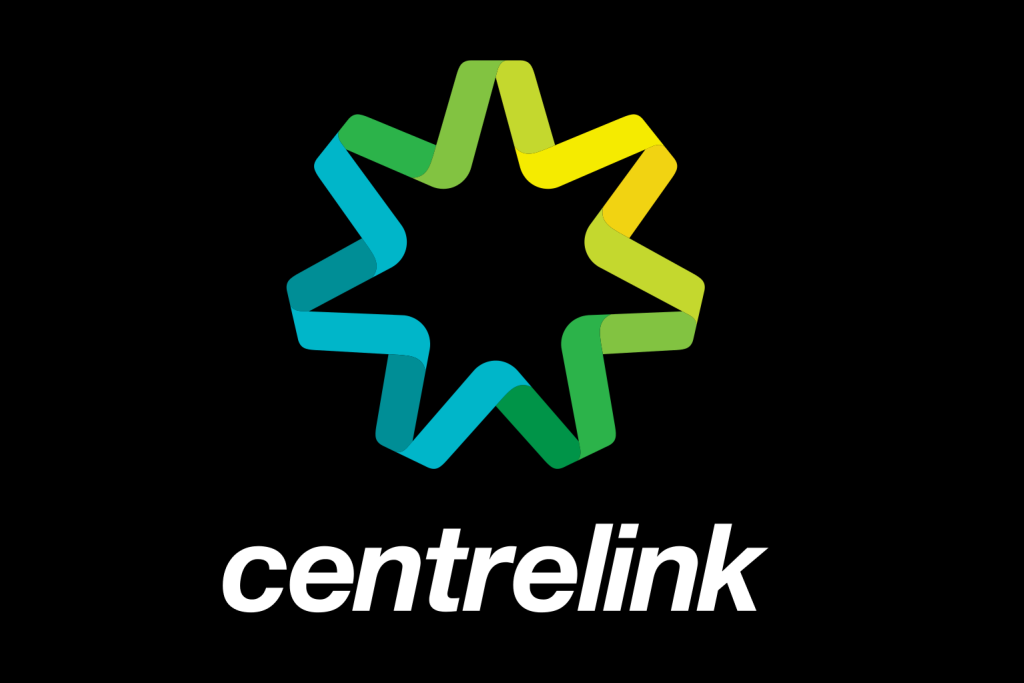So Centrelink Says You Owe Them Money: A Deeply Infuriating Guide To Your Options
Get a letter from Centrelink recently? This might help. Probably not though.

Did you recently receive a letter from Centrelink about a debt that doesn’t actually exist? Perhaps it suggested you have been trying to game the system and threatened to hit you with a massive fine?
Well, turns out you’re not alone. Over the past few weeks, Centrelink’s dodgy new automated debt recovery system – the one that was supposed to save taxpayers more than $2 billion – has been sending out erroneous letters to welfare recipients demanding the return of thousands of dollars in overpayments from up to six years ago, unless they can prove they were eligible for the payments at the time.
It’s the kind of guilty until proven innocent thinking that makes our legal system the envy of the world.
Welfare recipients have been told they have 21 days to make a convincing case, or be hit with a 10 per cent debt recovery fee. Of course, this is easier said than done, given that you have to go through the modern day equivalent of the labyrinth in order to do so.
Find below a short, depressing list of ways you can try and dispute your Centrelink debt. We hope it helps. It probably won’t.
Update Your Information Online
According to The Guardian, Centrelink clients have been told that in order to challenge their debt notice, they need to update their information online. Great! I mean, that sounds simple enough. Unfortunately, when clients attempt to do so, they come face to face with one of several error messages. This will come as a surprise to absolutely no one who has ever tried to access anything with a .gov.au domain name.
The Department of Human Services has claimed that only a small number of people have had problems using the online portal. This claim has been called “completely false” by an anonymous Centrelink compliance officer, who says that even Centrelink employees were having trouble with the system.
“Not only do customers, especially past customers, have access issues all the time but, since the compliance system was placed online, [compliance officers] have had many access issues,” they told The Guardian.
The silver lining to all this is that it will make e-tax seem relatively stress-free and straightforward once the end of the financial year rolls around.
Give Centrelink A Call
Alright, so the internet proved a bust. Not to worry. It’s always easier dealing with a real person anyway, and fortunately Centrelink has literally several helpful service officers you can reach out to on the phone.
Good luck getting in touch with them though. According to Fairfax, only 64 per cent of calls to Centrelink were actually picked up in the 2014-2015 financial year. That’s more than 22 million unanswered calls.
Long hold times are also an enormous problem. A report by the National Audit Office found that Australian’s spent a combined total of 143 years on hold to Centrelink during the 2013-2014 financial year. Last year, one client complained of being on hold for more than 33 hours.
And if you do manage to get through? They’ll probably just tell you to go online anyway.
Scream Into The Void
Around this point, you may want to consider driving out into the bush in the dead of night, where you can scream until your lungs feel like they’re on fire. This won’t actually help the situation at all, but then again odds are that steps one and two won’t either.
Ask For An Internal Review
If and when you do manage to get on to Centrelink, there are a number of steps involved in disputing a debt. According to Legal Aid Victoria, if you’re unhappy with an initial decision, you can ask for an internal review, to be conducted by an authorised review officer who was not involved in your initial case. If you’re unhappy with their decision, the next step is to appeal to the Social Services and Child Support Division of the Administrative Appeals Tribunal.
The appeals process is free, but you will have to make repayments while all this is going on. Despite this, it’s still probably worth your time. “Our experience is that at least 90 per cent of [debt cases] have problems, they are either wrong completely or there is legal merit to have them reduced,” a lawyer from Social Security Rights Victoria (SSRV) told Crickey.
Just Pay Up
On principle, this is not a step I can recommend, but it is one that many people may find themselves taking.
According to The Guardian‘s source at Centrelink, in many cases clients don’t think to check their records and jut settle debt they don’t owe in the first place. The lesson here? Never put your faith in basic public services.
Many others may end up paying simply because it’s easier and less stressful than going through the hassle of disputing their debt, lodging an appeal, appealing the result of the appeal, fighting with debt collectors and so on.
There’s also the fact that you may face an international travel ban if Centrelink says you owe them money. Got an overseas trip planned? It may be easier just to pony up the dough.
You have to wonder what percentage of the government’s proposed $2 billion savings will come from cases like these – where people pay because they’re frightened of what will happen if they don’t. And really, when the Human Services Minister is threatening to throw people in jail over imaginary debt, can you blame them?